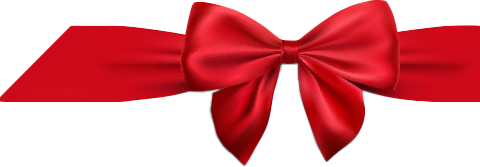Tales From a Backyard Front: Experiences & Insights from Colorado’s Intellectual and Developmental Disabilities System
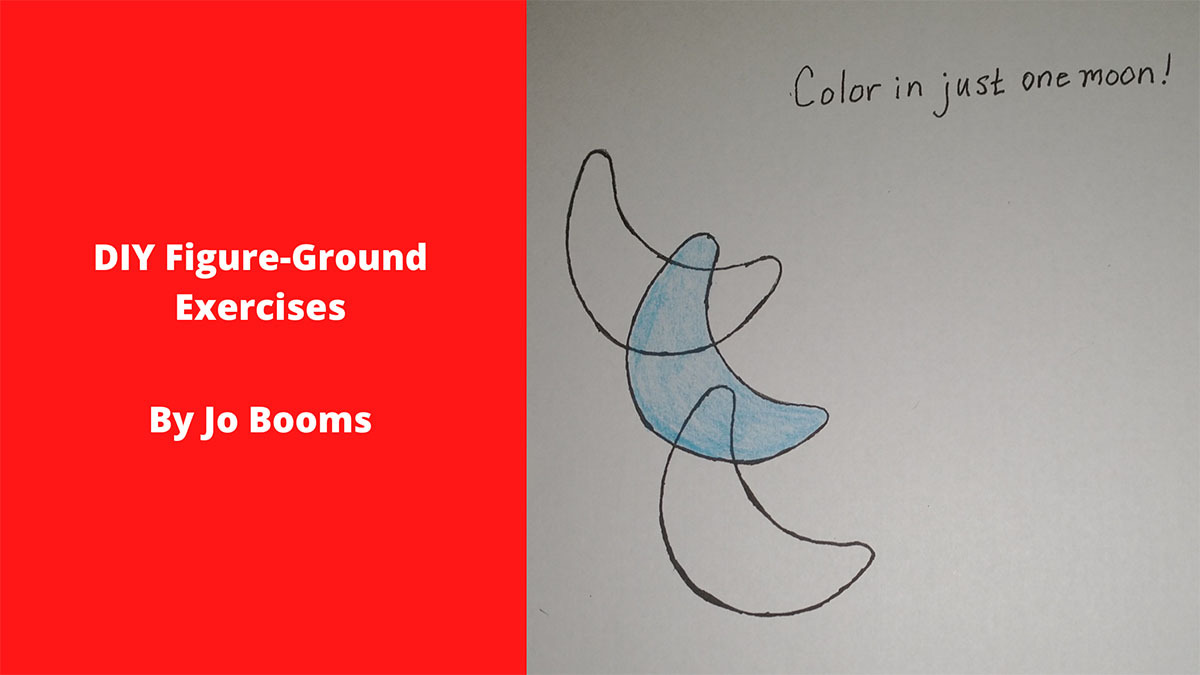
DIY Figure-Ground Exercises
NOTE: Arc Thrift Stores is not responsible for the content of guest blogs that appear on the site.
Guest Blog by Jo Booms
Have you ever wondered how educators teach people with intellectual and developmental disabilities to read? It starts the way it starts with all kids – by kids learning how to sort visual information, letting some things they see become very important and letting other things they see be just background. It’s a process of prioritizing the myriad objects in one’s view so that a person can act on some things and ignore others. Think about the last time you drove down your street – you saw plenty of parked cars, but probably paid more attention to the ones that were moving, and even more attention to things like turn signals and brake lights. Maybe the most important thing you saw was a child chasing a ball into the street, so that you could put on the brakes in time. But you probably didn’t attach much importance to people sitting on their porches, or the neighbor kids’ portable basketball hoop sitting in the driveway. Why? Because you visually categorized objects into figure and ground, figure being the important elements and ground being the background that didn’t in any way need you to act on anything. When you think about it, it’s a pretty phenomenal skill to have.
But how does it start? It starts when people point out some things to babies and don’t point out others. If a parent is reading to a child, they will point out the parts of the picture that are relevant – like Pooh Bear and Piglet – but probably won’t go into a ton of detail about the trees that surround Pooh and Piglet, because though they’re there, they’re not the main actors in the story.
Most kids automatically learn figure-ground skills, but others – even sometimes kids without developmental disabilities – struggle with the concept. Luckily, there’s a simple way to start working on this vital skill, which helps in many aspects of your day such as driving, cleaning, doing your job, and reading (in all these activities, you must sort out what’s important from what’s in the background). (Please note that figure-ground as a concept is still important even to people who don’t have vision – they must sort what they hear, touch, smell, etc. into figure and ground. The exercise we’re looking at today just happens to be about vision.) Today’s exercise isn’t something all kids will need – but it’s a good way to figure out if they’re having figure-ground difficulties, and great practice for them to grow their figure-ground skills.
You will need:
- Cookie cutters in shapes that are meaningful to the child – like stars or animals (check your local arc Thrift store for cookie cutters!)
- A drinking glass
- A pencil with an eraser
- Drawing paper
- Colored pencils or crayons
Instructions:
- Using the pencil, trace around the cookie cutter or water glass.
- Now, trace around the cookie cutter in a different spot on the paper so that the shapes overlap. Start with just two or three tracings of the cookie cutter or water glass.
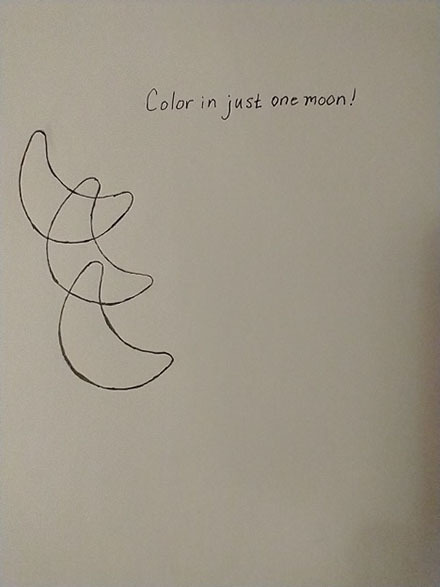
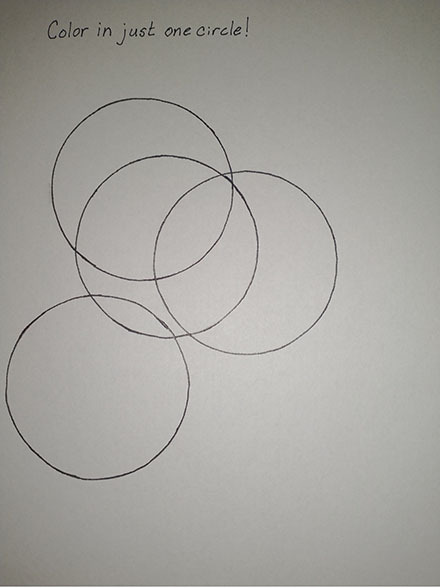
- Ask the child to color in just ONE of the shapes. If the child colors in just one of the shapes, they have beginning figure-ground skills.

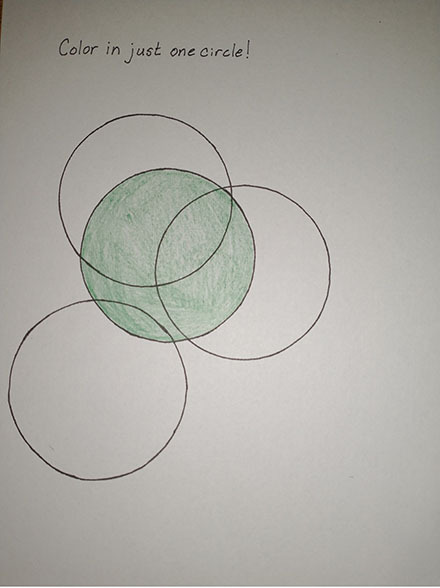
If the child colors in more than one of the shapes, something like these:
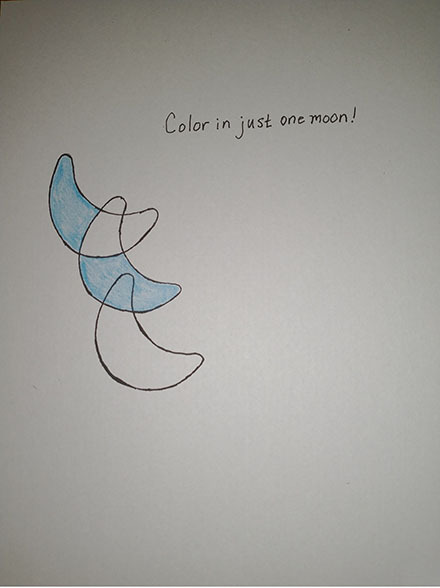
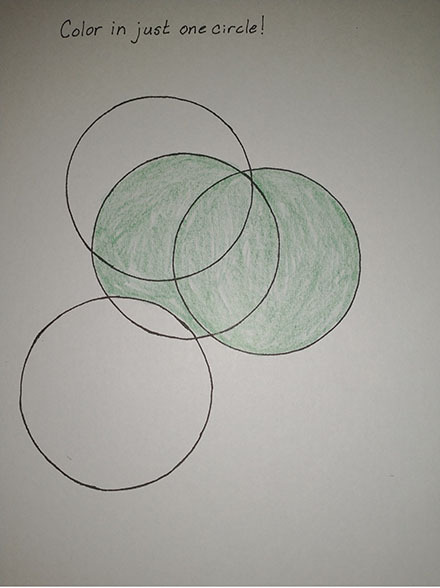
they may need some work on figure-ground skills. Show the child how to do it by coloring in just one of the shapes yourself. You can help the child learn to tell what just one of the shapes is by first drawing two of the shapes on another piece of paper, but not overlapping. Tell the child to color in just one of the shapes. Then, on a fresh piece of paper, draw two of the shapes so they just touch but don’t overlap. Then, on another piece of paper, trace two of the shapes so that they are barely overlapping. For each exercise, tell the child to color in just one of the shapes. Work on this until the child can color in just one of the shapes even when they’re overlapping!
Remember to keep it fun – the best thing about these exercises are that they’re enjoyable for kids. You can very obviously color in pieces of more than one shape (or even color outside the lines and then ask the child if it’s correct – sometimes it’s easier for kids if they’re grading you. Don’t be afraid to include lots of laughter! Kids learn best when learning is fun!

